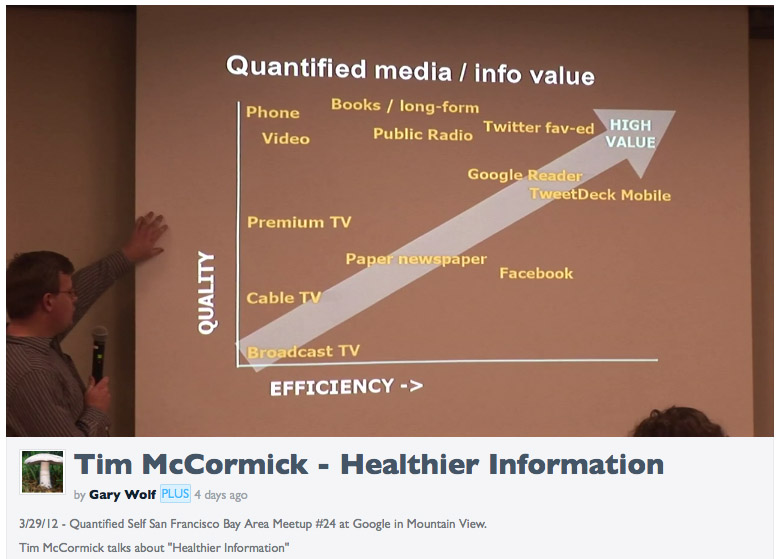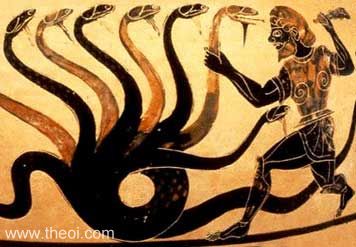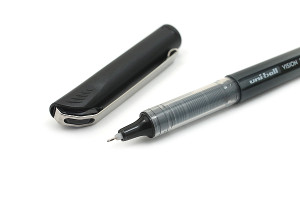(3rd in an occasional series on Designing for User Agency).
1. Introduction
2. Model: from Find-Read to Find-SORT-Read
2b. “Bookpiles and Distilleries”
3. Tools to weave a personal web
4. Further Steps, a): analytics
5. Further Steps, b): idea for a Personal Peer Review Journal
6. Afterword: Objections, & why doesn’t Google do this now?
.
Introduction
Last year I presented to Quantified Self Silicon Valley about my explorations in “Healthier Information,” such as evaluating all my information sources for their value (to me). In that talk & slides I also discuss some key methods for reclaiming your attention in general, such as turning off or tightly managing all forms of alerting on your phone, computers, and email.
Recently I’ve been intensively exploring ways to manage and improve the media engagement we select for ourselves, such as Web articles, books, and video. In this post I’ll describe both how I think about the problem, and the specific online/reading tools I’ve set up to (try to) address it.
People rarely try to manage their attention deliberately across all media; but it seems to me they are rarely very satisfied by how well they’re doing it at all. Many people seem to experience their information flows as a sort of Hydra, the Greek mythological many-headed beast which grows back two heads for each one you cut off.
Or as just ennui, dissatisfaction, or (in work) stupor — like the sadness of channel-surfing or Facebook use — usually aimless drift rather than the joyous and productive, engaged state of flow described by psychologist Mihály Csíkszentmihályi.
media design challenge (for me, today): how can we move from unsatisfying stream-drift to engaged stream-navigate + flow + dive patterns?
— Tim McCormick (@tmccormick) September 5, 2013






